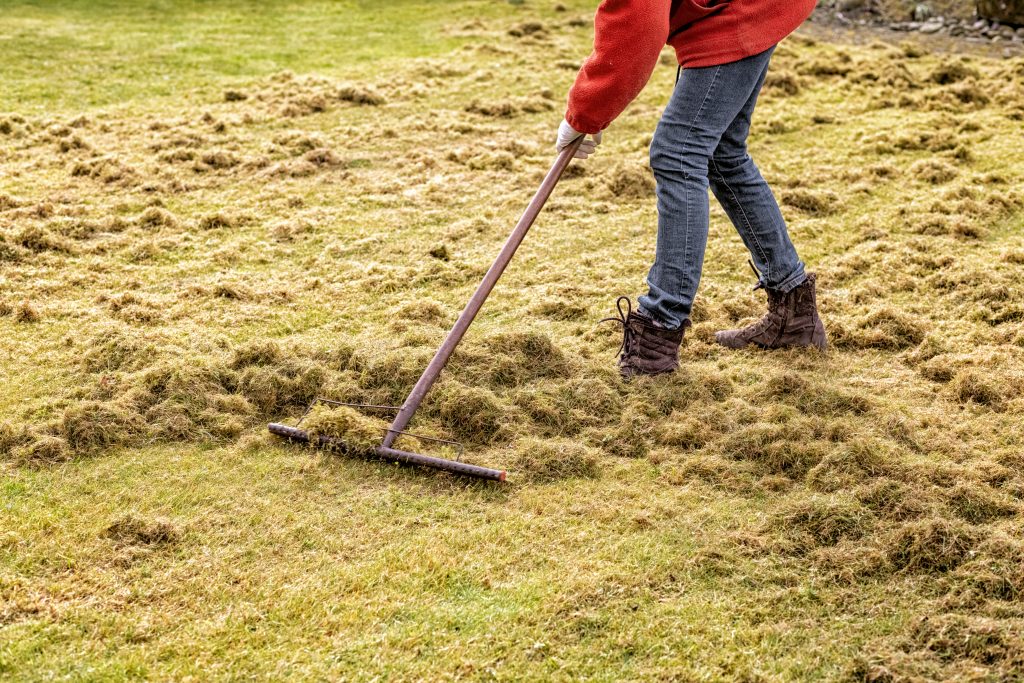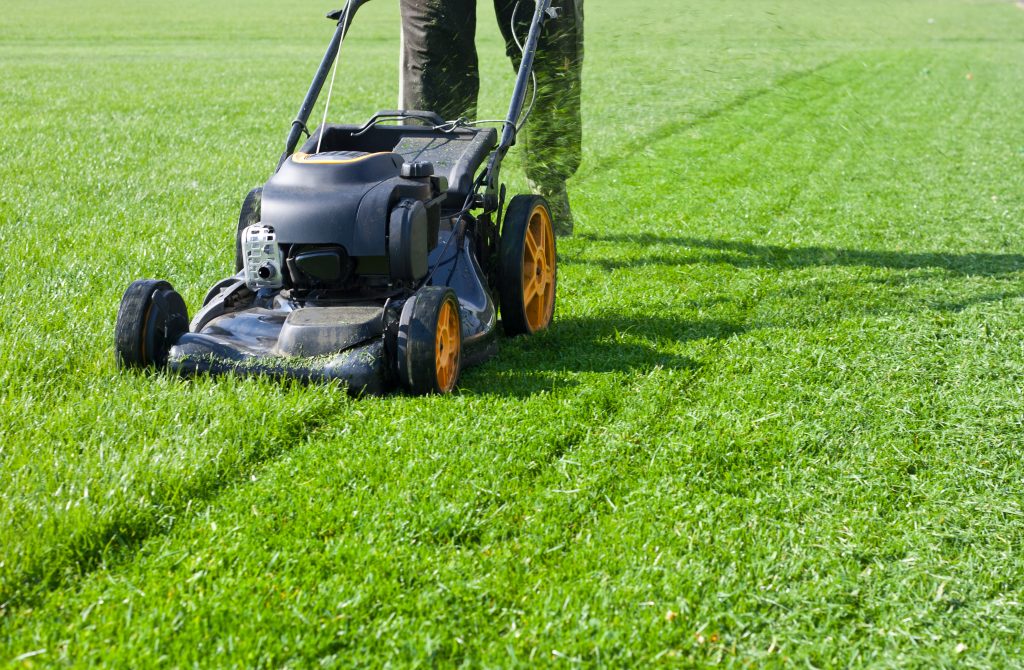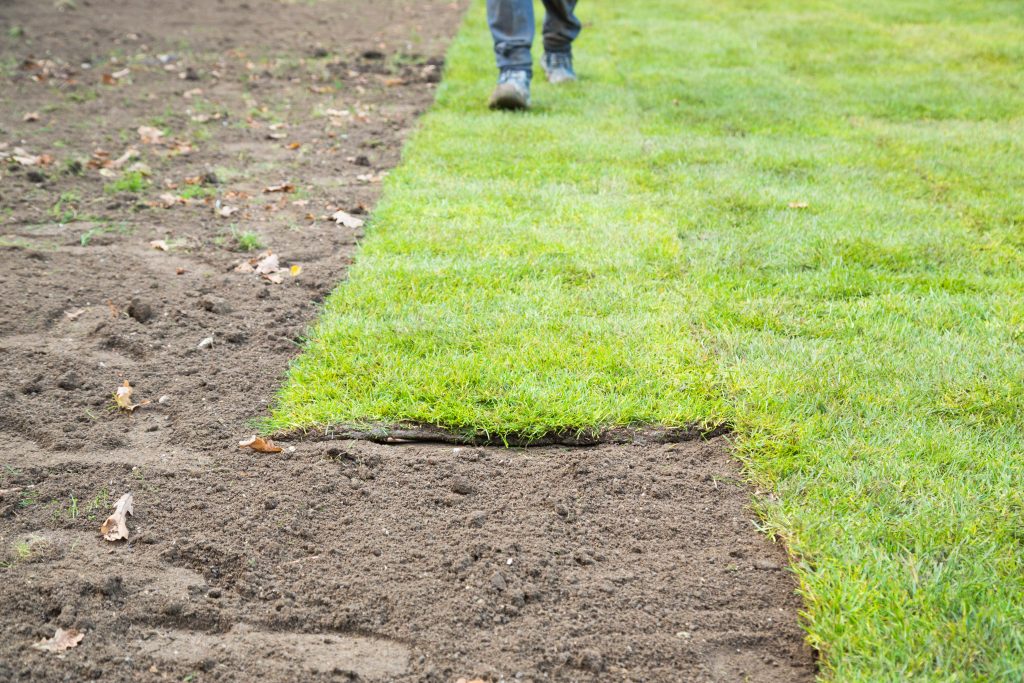Are you eager to enjoy a beautiful and healthy lawn after installing new turf?
Proper care is essential to help your grass establish strong roots and thrive over time.
Whether you’re a seasoned gardener or a beginner, taking care of new turf can be a rewarding and straightforward process when you follow the right steps.
In this guide, we’ll walk you through the essential tasks for caring for new turf, so you can enjoy a lush and vibrant lawn for years to come.
New Turf Care - Essential Steps for a Healthy Lawn
If you are planning on installing new turf, it is important to know that the first few weeks after installation are critical to its survival.
Proper care is essential to ensure the new turf establishes roots and grows into a healthy, beautiful lawn.
You will need to:
- Water the new turf immediately after installation
- Fertilise your turf to provide proper nutrients to establish roots and growth
- Wait until the turf has grown to a height of 3-4 inches before mowing
- Spot treat weeds with an appropriate herbicide, being careful not to spray the new turf
- Check for pests regularly and treat them promptly if detected
- Aerate the soil to promote healthy root growth and help the new turf absorb nutrients and water more efficiently
March is the perfect time to start preparing your lawn for the upcoming spring season.
With the arrival of warmer weather, your lawn will start to come back to life after a long winter dormancy.
To ensure that your lawn thrives during the spring and summer months, it’s important to take proper care of it during March.
Here are some essential steps for March lawn care to help you get your lawn ready for the spring season:
Clear debris – Start by raking away any debris, such as leaves or twigs, that may have accumulated over the winter months. This will help ensure that the grass can access the sunlight and nutrients it needs to grow.
Aerate the soil – Soil compaction is a common problem that can prevent your lawn from growing properly. Consider using a garden fork or aerator to loosen up the soil and promote better water and nutrient absorption.
Dethatch the lawn – Over time, a layer of dead grass and other debris known as thatch can build up on the surface of your lawn. Dethatching helps to remove this layer, allowing new grass to grow and preventing disease and pests from taking hold.
Apply fertiliser – Applying a slow-release fertiliser like Westland Multi-Purpose Compost to your lawn during March can provide it with the nutrients it needs to grow strong and healthy throughout the spring and summer months.
Reseed bare patches – If you notice any bare patches in your lawn, now is the time to reseed them. Use a high-quality grass seed that is suited to your climate and soil conditions.

Spring is a great time to revive your lawn after the long, cold winter months.
With a little bit of care, you can have your lawn looking great and green in no time.
Here are some important tips for spring lawn care:
Rake the lawn – The first step in spring lawn care is to rake up any debris and dead leaves left over from the winter. This will allow the soil to breathe and will help to prevent any fungal diseases from developing.
Water deeply and regularly – Deep, infrequent watering is essential for a healthy lawn. Water your lawn deeply once or twice a week, rather than giving it a light watering every day. This will encourage the roots to grow deep and strong.
- Mow regularly – Once your lawn starts to grow, it’s important to mow it regularly to keep it looking neat and tidy. Be sure to set your mower blades to the correct height for your grass variety, and never mow off more than one-third of the blade at a time.
Additionally, make sure to aerate the soil, apply fertiliser and overseed thin areas as mentioned in “March Lawn Care”.
Autumn Lawn Care - Preparing Your Lawn for Winter
Autumn is a crucial season for lawn care, as it’s the time when you need to prepare your lawn for the cold winter months ahead.
Taking the right steps in the fall will ensure that your lawn is healthy and strong in the spring.
- Continue mowing your lawn until it stops growing. This will help prevent it from getting too long and smothering itself with dead grass over the winter.
- Rake up fallen leaves and other debris from your lawn. Leaving them there can smother the grass and lead to disease and other problems.
- Applying a slow-releasing fertiliser in Autumn can provide your lawn with the nutrients it needs to survive the winter and thrive in the spring.
- If your lawn has bare patches, Autumn is the perfect time to overseed. This involves spreading grass seed over your existing lawn to help fill in the gaps and promote new growth.
Make sure to also aerate the soil as mentioned in the above section

As the temperatures drop during the winter months, your lawn can become susceptible to damage and stress.
However, with some simple care and attention, you can ensure that your lawn stays healthy and strong throughout the colder season.
Here are some essential tips for winter lawn care:
Keep Off the Grass – It is important to keep off the grass during the winter months, especially when it is covered in frost or snow. Walking on a frozen or snow-covered lawn can damage the grass blades and roots, leading to bare patches and thinning.
Mow at the Right Height – Before winter arrives, it is essential to give your lawn a final mow at the right height. Cut the grass to around 2 inches, so it is shorter than usual but not too short, as longer blades can help to protect the grass from frost and snow.
Avoid heavy foot traffic – During the winter months, grass blades can become brittle and easily damaged. Limit foot traffic on your lawn to prevent damaging the grass.
Keep your lawn free of debris – Remove any debris such as fallen leaves, twigs, and branches from your lawn. This will prevent them from blocking sunlight and airflow to the grass, which can lead to disease and decay.
Lawn care products can be a great help in keeping your lawn healthy and beautiful.
There are many products available, each designed to target specific lawn problems.
Fertilisers – Fertilisers provide nutrients to your lawn and help it grow stronger and greener. They can be applied at different times of the year depending on the needs of your lawn. We recommend Westland SafeLawn Liquid Lawn Feed and Westland Multi-Purpose Compost.
Herbicides – Herbicides are used to control weeds in your lawn. There are selective herbicides that target specific weeds and non-selective herbicides that kill all plants, including grass.
Insecticides – Insecticides can help control pests that damage your lawn, such as grubs, chinch bugs, and armyworms.
Fungicides – Fungicides can help control fungal diseases, such as brown patch and dollar spot, that can damage your lawn.
Soil amendments – Soil amendments like Westland Topsoil can help improve soil structure, pH balance, and nutrient availability, which can help your lawn grow healthier.
Common Mistakes With Caring For New Turf
Here are some common mistakes that people make when caring for new turf:
Overwatering – While it’s important to water new turf regularly, overwatering can actually do more harm than good. Too much water can cause the roots to rot and can also promote the growth of fungal diseases.
Underwatering – On the other hand, not watering your new turf enough can cause it to dry out and die. It’s important to find the right balance and to water your lawn regularly and deeply.
Walking on the turf too soon – New turf needs time to establish its roots, and walking on it too soon can damage the delicate new growth. Try to stay off the lawn as much as possible for the first few weeks after installation.
Failing to mow properly – Mowing too soon after installation, mowing too low, or using dull mower blades can damage the new turf and slow its growth. It’s important to wait until the grass has grown to a height of at least 2 inches before mowing and to use sharp mower blades.
Fertilising too soon – While it’s important to fertilise your lawn regularly to keep it healthy, applying fertiliser too soon after installing new turf can burn the delicate roots and damage the new growth. Wait at least 6-8 weeks before applying any fertiliser.

Eco-Friendly Pest Management
Eco-friendly pest management is all about keeping your garden healthy and happy without using harmful chemicals that can hurt the environment.
Here are some key points to follow to ensure your garden is eco-friendly:
- To prevent pests from causing problems, try to create a balanced garden ecosystem by rotating your crops, using healthy soil practices, and planting compatible plants together.
- Beneficial insects like ladybugs and lacewings can help control pest populations, and physical controls like hand-picking pests or using sticky traps can be really effective too.
- When you do need to use a pesticide, choose natural and organic options like insecticidal soap or neem oil that are gentle on the environment.
- Keep an eye out for signs of pest infestation like distorted plant growth, visible damage to plants, and the presence of pests on your plants or in the soil.
- Taking a holistic approach to pest management can help you keep your garden thriving and beautiful while minimising harm to the environment.
In a nutshell, dealing with pesky garden pests can be overwhelming, but don’t let them get in the way of your green thumb!
By using natural solutions like companion planting, crop rotation, and beneficial insects, as well as safe and effective pesticides, you can tackle pest infestations and safeguard your garden from damage.
Happy gardening, and watch out for those little critters!
Richard - Digital Marketing Director
Richard - skilled vetting prospector and digital marketing expert with exceptional communication and relationship building abilities. He tailors solutions to his clients' needs and is dedicated to achieving their marketing goals.
